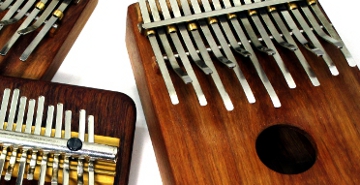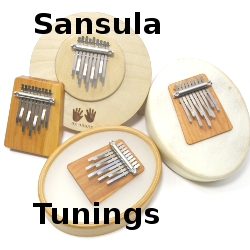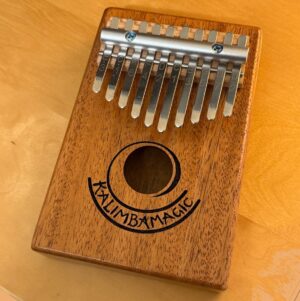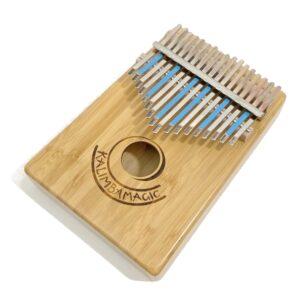
New Tunings for the Lotus Karimba – One You Can Do Yourself!
The C Major Lotus Tuning is one you can do. The Em/Am Lotus Tuning is one for us to do. These are the three models of Lotus Karimba that we make at Kalimba Magic Yesterday, two sansula players came to Kalimba Magic headquarters with their sansulas, both of which were in standard A minor tuning. They had grown tired of the enchantingly beautiful standard A minor tuning and wanted to play different music. After trying several tunings, they both decided to go for the Heavenly A tuning. They left happy, and the new tuning has opened many new pathways for them to explore. Why am I telling you this in






